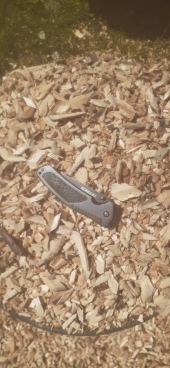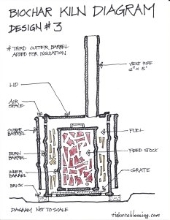
 5
5




Moderator, Treatment Free Beekeepers group on Facebook.
https://www.facebook.com/groups/treatmentfreebeekeepers/













Travis Johnson wrote:I am surprised you did not get a reply on this, but I suppose it is because there was no real question to be answered, just an explanation of what worked.
I am glad it did for you though. I tried this last year and failed miserably. In my case I think I tried to use too big of wood, and the wrong kind (White Pine). I had a good burn, but I either had ash, or charred wood blocks, nothing in between.
I am glad it worked for you however.
(Nice family and homestead by the way, you should be very proud)
Moderator, Treatment Free Beekeepers group on Facebook.
https://www.facebook.com/groups/treatmentfreebeekeepers/










List of Bryant RedHawk's Epic Soil Series Threads We love visitors, that's why we live in a secluded cabin deep in the woods. "Buzzard's Roost (Asnikiye Heca) Farm." Promoting permaculture to save our planet.
 5
5




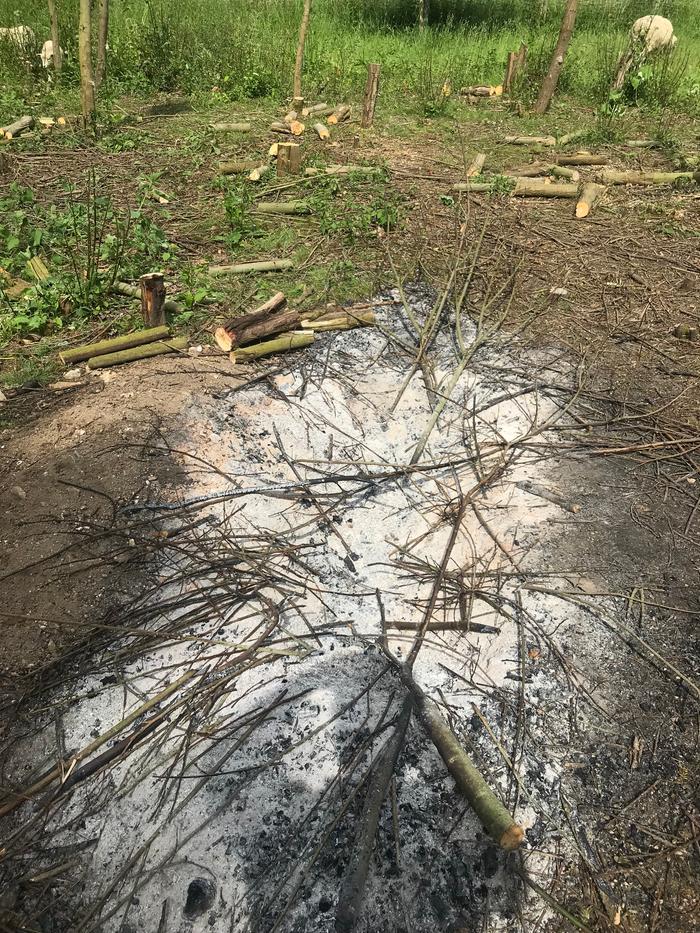
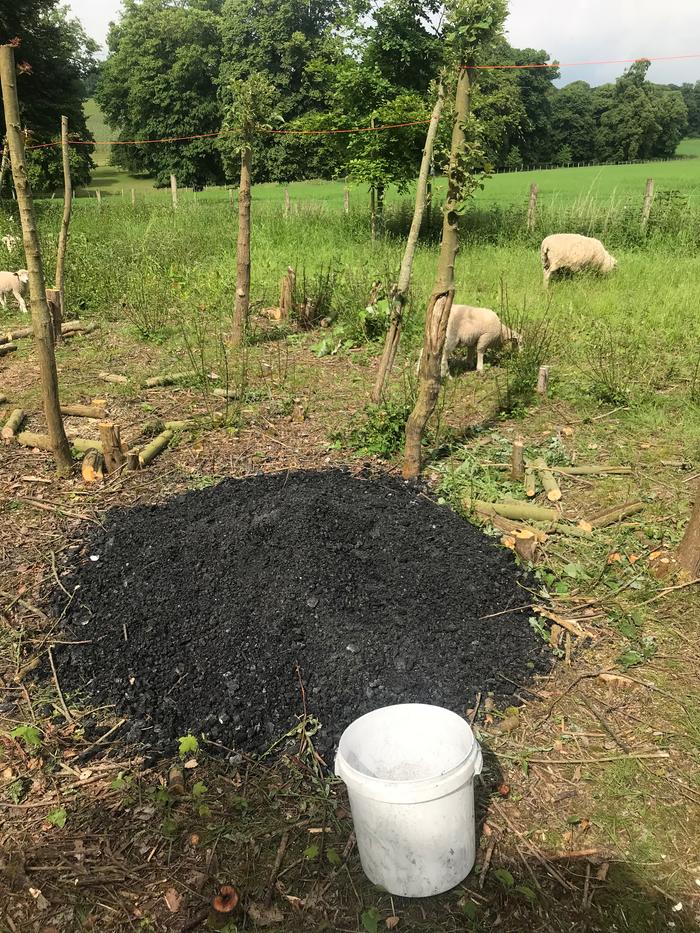
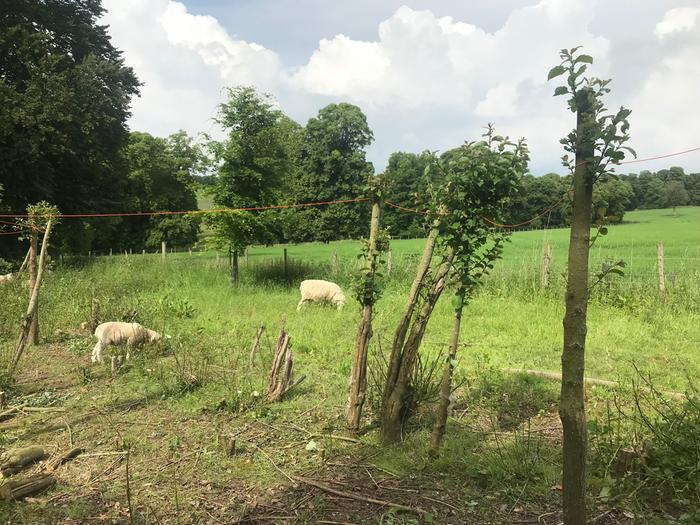
Moderator, Treatment Free Beekeepers group on Facebook.
https://www.facebook.com/groups/treatmentfreebeekeepers/














 1
1




Moderator, Treatment Free Beekeepers group on Facebook.
https://www.facebook.com/groups/treatmentfreebeekeepers/














Moderator, Treatment Free Beekeepers group on Facebook.
https://www.facebook.com/groups/treatmentfreebeekeepers/






|
Grow a forest with seedballs and this tiny ad:
Learn Permaculture through a little hard work
https://wheaton-labs.com/bootcamp
|


